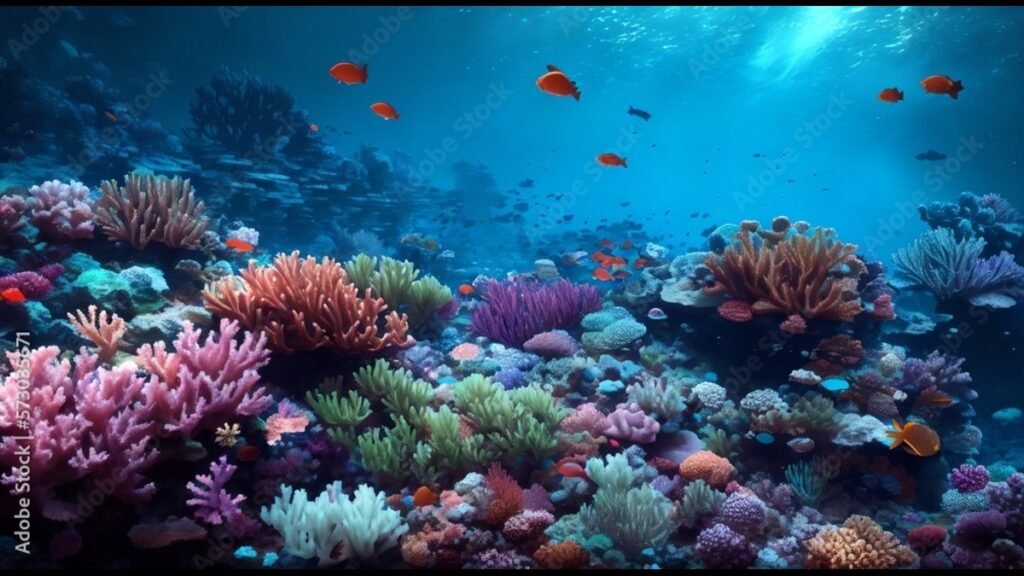How to Explore underwater:3u1qizs_9ra= oceanEnvironments Safely
Table of Contents
The ocean, a vast and mysterious expanse, covers more than 70% of our planet’s surface. Yet, despite its dominance, much of the ocean remains unexplored and unknown. Within this aquatic world lies the concept of the “underwater:3u1qizs_9ra= ocean,” a term that might evoke images of deep-sea exploration, hidden ecosystems, and the untapped potential of our planet’s final frontier. In this article, we will delve into the wonders of the underwater:3u1qizs_9ra= ocean, exploring its significance, ecosystems, and the future of oceanic exploration.
The Enigma of the Underwater:3U1QIZS_9RA= Ocean
The term “underwater:3u1qizs_9ra= ocean” could be interpreted in various ways, but one common understanding is that it refers to the lesser-known, deeper parts of the ocean that remain largely unexplored. These regions, often situated at depths where sunlight barely penetrates, are home to some of the most fascinating and unique forms of life on Earth. The underwater:3u1qizs_9ra= ocean represents the unknown and the potential for new discoveries in marine science.
The Importance of the Underwater:3U1QIZS_9RA= Ocean
Exploring the underwater:3u1qizs_9ra= ocean is not just a pursuit for curious minds; it has profound implications for our understanding of the planet and the sustainability of life on Earth. Here are some key reasons why this exploration is vital:
1. Biodiversity Hotspots
The underwater:3u1qizs_9ra= ocean is home to a staggering variety of life forms, many of which are yet to be discovered. These deep-sea ecosystems are often isolated from the rest of the world, leading to the evolution of unique species that can’t be found anywhere else on the planet. By studying these ecosystems, scientists can gain insights into the adaptability and resilience of life, which could have broader implications for biodiversity conservation.
2. Climate Regulation
The ocean plays a critical role in regulating the Earth’s climate. The deep sea, a significant part of the underwater:3u1qizs_9ra= ocean, acts as a carbon sink, absorbing vast amounts of carbon dioxide from the atmosphere. Understanding how these deep-sea processes work is essential for predicting and mitigating the impacts of climate change.
3. Potential Medical Discoveries
Marine organisms from the underwater:3u1qizs_9ra= ocean have unique adaptations that allow them to survive in extreme conditions. These adaptations may hold the key to developing new medical treatments or biotechnologies. For instance, certain deep-sea organisms produce compounds that have shown promise in treating diseases like cancer.
4. Geological Insights
The underwater:3u1qizs_9ra= ocean also offers a window into Earth’s geological history. Deep-sea sediments can contain records of past climate events, tectonic activity, and even asteroid impacts. Studying these layers can provide valuable information about the Earth’s history and help scientists predict future changes.
The Ecosystems of the Underwater:3U1QIZS_9RA= Ocean
The underwater:3u1qizs_9ra= ocean is a realm of extremes, where life has adapted to survive in some of the most inhospitable conditions on the planet. Here, we explore some of the unique ecosystems found in these depths:
1. Hydrothermal Vents
Hydrothermal vents are one of the most remarkable ecosystems in the underwater:3u1qizs_9ra= ocean. These vents are formed by volcanic activity on the ocean floor, where superheated water rich in minerals is expelled from the Earth’s crust. Despite the extreme temperatures and lack of sunlight, these vents support diverse communities of organisms, including giant tube worms, clams, and various species of bacteria. These organisms rely on chemosynthesis, a process where bacteria convert chemicals from the vents into energy, rather than relying on photosynthesis.
2. Deep-Sea Trenches
Deep-sea trenches are some of the most mysterious and least explored areas of the underwater:3u1qizs_9ra= ocean. These trenches, such as the Mariana Trench, can reach depths of over 36,000 feet. Life in these trenches has adapted to the crushing pressures and complete darkness. The organisms found here, such as the elusive giant squid or the snailfish, often display unusual and fascinating adaptations that allow them to thrive in such extreme conditions.
3. Abyssal Plains
Abyssal plains are vast, flat regions of the ocean floor that lie at depths of around 10,000 to 20,000 feet. These plains cover over 50% of the Earth’s surface and are home to a surprising diversity of life. Despite the sparse food supply, organisms like sea cucumbers, brittle stars, and various species of fish have adapted to survive in this environment. The abyssal plains also play a crucial role in global nutrient cycles, as organic matter from the surface slowly sinks to the bottom, providing sustenance for the organisms that live there.
4. Cold Seeps
Cold seeps are areas of the ocean floor where methane and other hydrocarbons seep out of the sediments. These seeps create unique ecosystems that are similar to hydrothermal vents, with chemosynthetic bacteria forming the base of the food chain. Cold seeps support a variety of life, including mussels, tubeworms, and even some species of fish that have adapted to the cold, nutrient-rich waters.
The Challenges of Exploring the Underwater:3U1QIZS_9RA= Ocean

Exploring the underwater:3u1qizs_9ra= ocean is no easy feat. The extreme conditions, including high pressure, low temperatures, and complete darkness, present significant challenges for scientists and explorers. Here are some of the key obstacles they face:
1. Pressure and Depth
The deeper you go in the ocean, the greater the pressure becomes. At the deepest parts of the underwater:3u1qizs_9ra= ocean, the pressure can reach over 1,000 times the atmospheric pressure at sea level. This immense pressure can crush unprotected equipment and makes it difficult for humans to explore these depths without specialized submersibles or remotely operated vehicles (ROVs).
2. Darkness and Visibility
The underwater:3u1qizs_9ra= ocean is a world of perpetual darkness. Sunlight can only penetrate to a depth of about 200 meters, beyond which the ocean is pitch black. This lack of light makes it challenging to navigate and observe the environment. Advanced lighting systems and sonar technology are essential tools for exploring these dark depths.
3. Cold Temperatures
Temperatures in the underwater:3u1qizs_9ra= ocean can drop to just above freezing. These frigid conditions pose a challenge for both humans and technology. Equipment must be designed to withstand the cold, and even the slightest malfunction can have serious consequences in such an unforgiving environment.
4. Limited Access and High Costs
Exploring the underwater:3u1qizs_9ra= ocean is an expensive and logistically complex endeavor. The cost of designing, building, and operating deep-sea submersibles and ROVs is high, limiting the number of expeditions that can be conducted. Furthermore, the vastness of the ocean means that only a tiny fraction of it has been explored, leaving much of the underwater:3u1qizs_9ra= ocean still shrouded in mystery.
The Future of Underwater:3U1QIZS_9RA= Ocean Exploration
Despite the challenges, the exploration of the underwater:3u1qizs_9ra= ocean is an area of growing interest and investment. Advances in technology, coupled with an increasing awareness of the importance of the ocean to global health, are driving new initiatives to explore these depths. Here are some of the exciting developments on the horizon:
1. Autonomous Underwater Vehicles (AUVs)
AUVs are unmanned, robotic submarines that can operate independently of human control. These vehicles are equipped with a variety of sensors and cameras, allowing them to explore the underwater:3u1qizs_9ra= ocean in detail. AUVs are capable of reaching depths that are inaccessible to humans and can operate for extended periods, making them ideal for mapping the ocean floor and studying deep-sea ecosystems.
2. Deep-Sea Submersibles
Manned submersibles continue to play a vital role in exploring the underwater:3u1qizs_9ra= ocean. These vehicles are designed to withstand the extreme pressures of the deep sea and can carry scientists and equipment to the ocean’s most remote areas. Recent advancements in submersible technology have increased their depth capabilities, allowing for more extensive exploration of the underwater:3u1qizs_9ra= ocean.
3. Ocean Observatories
Ocean observatories are long-term monitoring stations located on the ocean floor. These observatories are equipped with a range of sensors that continuously collect data on ocean conditions, including temperature, salinity, and chemical composition. By establishing observatories in the underwater:3u1qizs_9ra= ocean, scientists can gain valuable insights into the long-term processes that govern deep-sea ecosystems and their responses to environmental changes.
4. International Collaboration
The exploration of the underwater:3u1qizs_9ra= ocean requires a global effort. Many countries and organizations are now collaborating on deep-sea research initiatives, pooling resources and expertise to advance our understanding of the ocean. International partnerships



